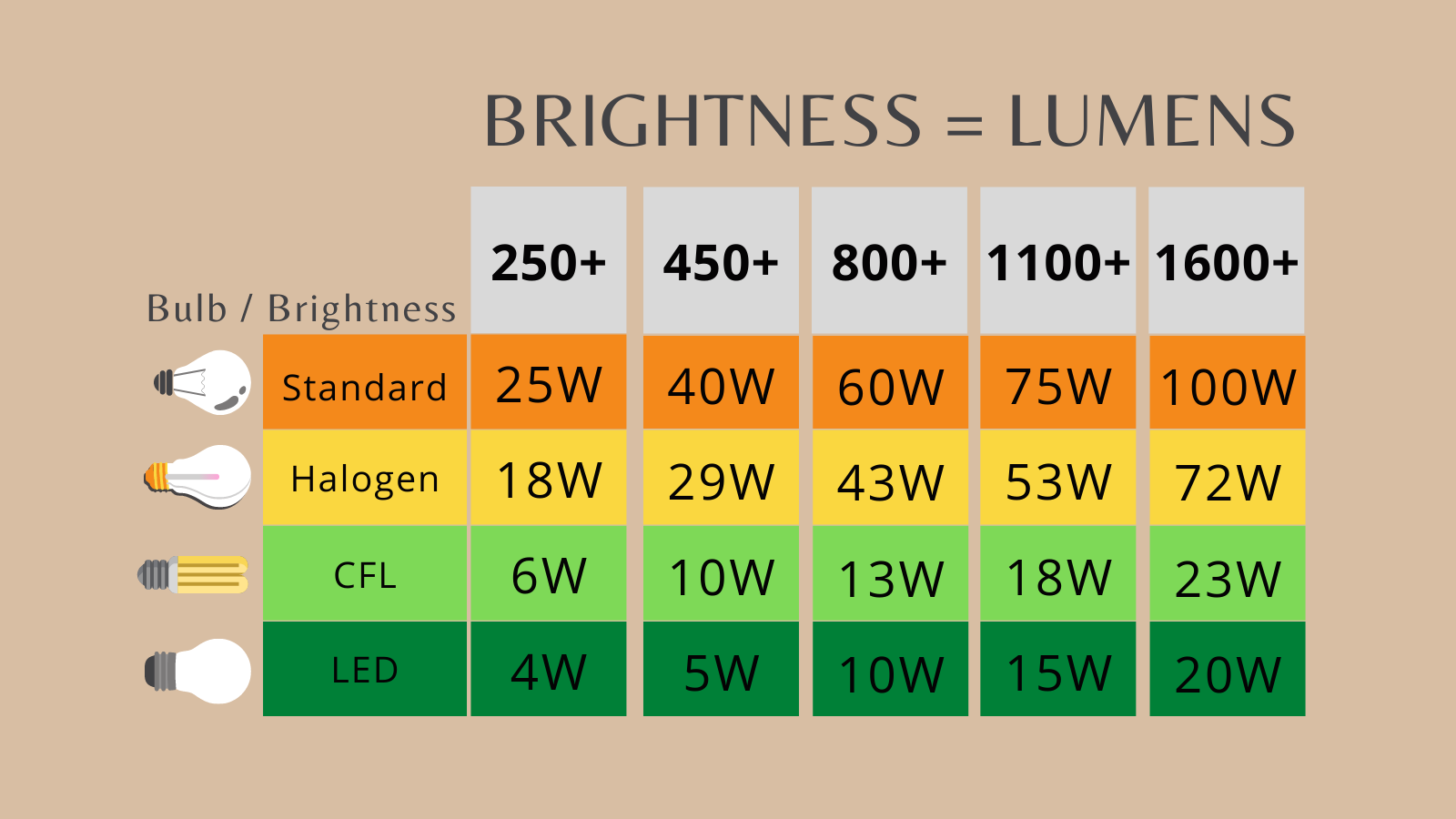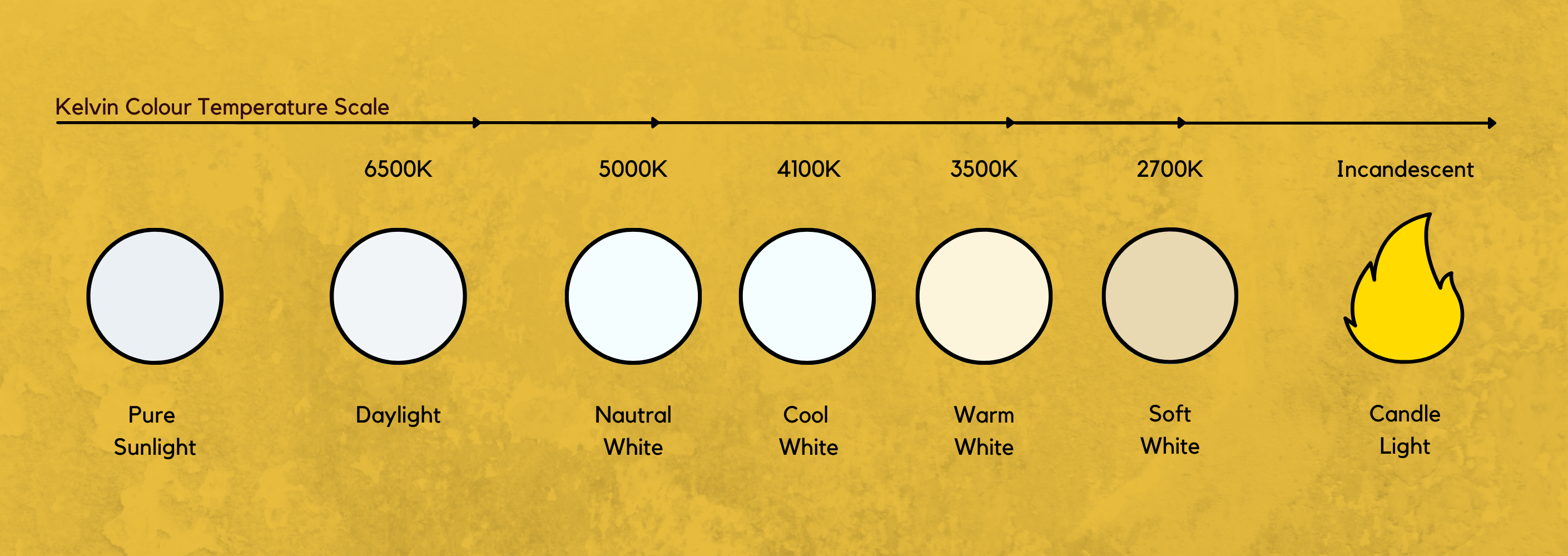-
Free Delivery
on orders over £30
-
2yr Guarantee
on all products
-
Great Reviews
Read what our customers say
-
Secure Site
Shop with Confidence
Lighting Installation Advice
BULB INFORMATION AND INSTALLATION ADVICE
Know which fitting you need
You need to find a bulb that fits with the lighting fixture you want to illuminate. If don’t have the correct one, it will not fit. For example, our Queenswood table lamp range requires a small Edison screw bulb.
Bulb caps and bases are distinguished using letters and numbers. Letters are used to indicate the base whilst the number refers to the diameter of the base in millimetres (mm). A third letter is sometimes used to reference whether there are one, two or three pins.
Common cap and base types include:
Bayonet: common throughout the UK, these bulbs are placed into the socket and then twisted and pushed. These mainly work for CFL and incandescent bulbs.
Screw: commonly associated with ‘Edison’ bases and recommended for many of our lighting products. They’re often labelled with the letter ‘E’ and are available in a range of sizes.
Pins: bases featuring pins which are measured in millimetres.
All our lighting products come with bulb recommendations, so you know exactly which type you need.
Types of bulbs
There are three different types of bulbs to choose from: CFL, Halogen and LED
CFL: these are relatively cheap and available in different sizes and outputs. Traditionally CFLs were slow to brighten but the technology has improved to make them quicker. They’re a great energy saving alternative to incandescent bulbs and are up to four times more efficient.
Halogen: like incandescent bulbs in terms of colour and quality, whilst also using the same amount of energy (give or take). However, halogen bulbs are very expensive, extremely energy inefficient and only expected to last no more than two years.
LED: using nearly 90% less energy than incandescent bulbs, LEDs are the most efficient lighting option. Incredibly they can last up to 25 years and are the cheapest option you can buy. We recommend them for many of our lighting products.
Brightness and colour
Deciding on the type of bulb you buy will ultimately involve considering brightness and colour.
Brightness: when it comes to brightness you now want to be looking at lumens as opposed to wattage. Watts have become a less useful way to measure brightness, as newer energy-saving bulbs use less power but still produce a similar amount of light. The higher the lumens, the brighter the light will be.
The below graphic shows how outputs are now rated concerning wattage and lumens for different types of bulbs.
Colour (Kelvin scale)
The last thing you want when you’ve installed a new bulb is to switch it on and be blinded with a bright white light that looks more at home in an office than a cosy living room.
The colour of light is measured in kelvins using a kelvin scale which shows colour temperature. You’ll often see this on the side of a bulb’s packaging telling you how many kelvins it is. EG 2700k. The scale goes from candlelight (warmer colour temperatures) to pure sunlight (cooler colour temperatures).
Find the shape you want
Once you’ve got your fitting, colour and brightness, it’s time to find the shape you want. If you’re replacing a bulb, it’s fine to replace it with the same shape. However, if you have a new lighting fixture or want to make an upgrade to LED bulbs, you might need to choose a different shape. The spread and angle of light will alter depending on the shape, for example a GLS provides nearly 360 degrees of light whilst some others provide a much narrower beam. In general, though, you can choose based on what you like and what you think looks best in your lighting fixture.


Newsletter
Lighting Supermarket
Unit A, Lowerclough Mill, Wilkinson Street Barrowford, Lancashire, BB9 8PH
